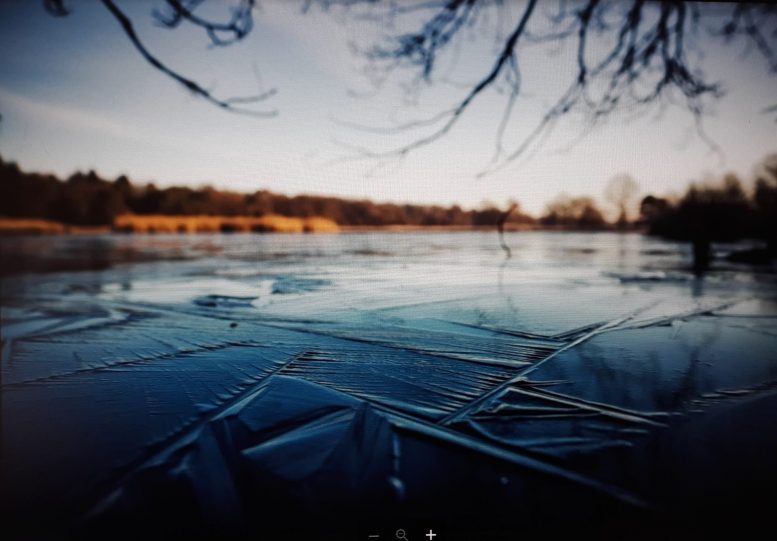One of the most important ice safety tips is following ice thickness guidelines. While most people know intuitively that thin ice can be extremely dangerous, fewer may know that white ice or “snow ice” is only about half as strong as new clear ice. Follow the ice thickness recommendations below to maximize safety:
- 2 inches or less – Stay off
- 4 inches – Ice fishing or other activities on foot
- 5 inches – Snowmobile or ATV
- 8 – 12 inches – Car or small pickup
- 12 – 15 inches – Medium truck
Note: These guidelines are for new, clear solid ice. Many factors other than thickness can cause ice to be unsafe. Double the above thickness guidelines when traveling on white ice to ensure ice safety.
New ice is usually stronger than old ice. Four inches of clear, newly formed ice may support one person on foot, while a foot or more of old, partially thawed ice may not.
Ice seldom freezes uniformly. It may be a foot thick in one location and only an inch or two just a few feet away.
Ice formed over flowing water and currents is often dangerous. This is especially true near streams, bridges and culverts. Also, the ice outside river bends is usually weaker due to the under-mining effects of the faster current.
The insulating effect of snow slows down the freezing process. The extra weight also reduces how much weight the ice sheet can support. Also, ice near shore can be weaker than ice that is farther out.
Schools of fish or flocks of waterfowl can also adversely affect the relative safety of ice. The movement of fish can bring warm water up from the bottom of the lake. In the past, this has opened holes in the ice causing snowmobiles and cars to break through.
More information can be found at: https://ohiodnr.gov/wps/portal/gov/odnr/discover-and-learn/safety-conservation/recreational-safety/ice-thickness-guidelines

